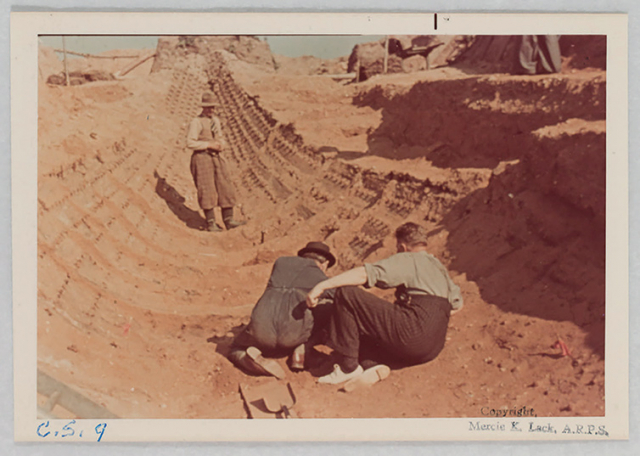Digging the dirt on ‘The Dig’
Historian article

Laura Howarth, Archaeology and Engagement Manager at the National Trust property of Sutton Hoo, reflects on the discovery of the ship burial in 1939 and its portrayal in the 2021 film, The Dig.
In a corner of Suffolk during the summer of 1939, an archaeological discovery was made at Sutton Hoo that changed history as a 27m long early medieval ship burial was revealed. It was the richest burial ever found in northern Europe and newspaper headlines heralded this as England’s own Valley of the Kings, drawing comparison with the discovery of Tutankhamun’s tomb some 17 years earlier. Meanwhile, the excavation was playing out against the backdrop of a worsening political climate in Europe with the outbreak of World War II looming on the horizon. As far as captivating and compelling stories go the tale of Sutton Hoo has many of the key ingredients needed, such as drama, mystery, threat, interesting characters and of course the discovery of such glittering treasures. It is therefore perhaps unsurprising that the story inspired and was adapted into a Netflix film called the The Dig released in early 2021, based on a novel of the same name by John Preston. Both novel and film reimagine real events and real people whose actions led to one of the greatest archaeological discoveries of all time...
This resource is FREE for Historian HA Members.
Non HA Members can get instant access for £2.49

